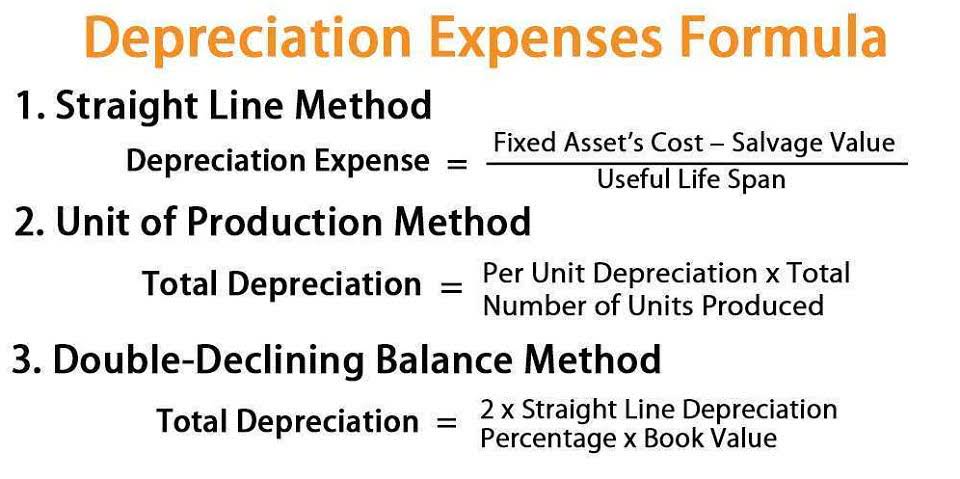
Let’s say the company assumes each vehicle will have a salvage value of $5,000. This means that of the $250,000 the company paid, the company expects to recover $40,000 at the end of the useful life. There may be a little nuisance as scrap value may assume the good is not being sold but instead being converted to a raw material.
How to Calculate Salvage Value
It represents the amount that a company could sell the asset for after it has been fully depreciated. On the other hand, book value is the value of an asset as it appears on a company’s balance sheet. It is calculated by subtracting accumulated depreciation from the asset’s original cost. Some methods make the item lose more value at the start (accelerated methods), like declining balance, double-declining balance, and sum-of-the-years-digits.

How Small Business Accountants Use Salvage Value
- The company pays $250,000 for eight commuter vans it will use to deliver goods across town.
- The salvage value calculator evaluates the salvage value of an asset on the basis of the depreciation rate and the number of years.
- Liquidation value is usually lower than book value but greater than salvage value.
- So, in such a case, the insurance company finally decides to pay for the salvage value of the vehicle rather than fixing it.
- The double-declining balance (DDB) method uses a depreciation rate that is twice the rate of straight-line depreciation.
- This method also calculates depreciation expenses based on the depreciable amount.
Besides his extensive derivative trading expertise, Adam is an expert in economics and behavioral finance. Adam received his master’s in economics from The New School for Social Research and his Ph.D. from the University of Wisconsin-Madison in sociology. He is a CFA charterholder as well as holding FINRA Series 7, 55 & 63 licenses. He currently researches and teaches economic sociology and the social studies of finance at the Hebrew University in Jerusalem. Moving on, let’s look through the details of how the salvage value can be used in depreciation calculations. We’re firm believers in the Golden Rule, which is why editorial opinions are ours alone and have not been previously reviewed, approved, or endorsed by included advertisers.
- The liquidation value is the value of a company’s real estate, fixtures, equipment, and inventory.
- Salvage value can sometimes be merely a best-guess estimate, or it may be specifically determined by a tax or regulatory agency, such as the Internal Revenue Service (IRS).
- Book value is the historical cost of an asset less the accumulated depreciation booked for that asset to date.
- Many companies use a salvage value of $0 because they believe that an asset’s utilization has fully matched its expense recognition with revenues over its useful life.
- It’s based on what the company thinks they can get if they sell that thing when it’s no longer useful.
2 Determining the useful life and salvage value of an asset

To calculate the annual depreciation expense, the depreciable cost (i.e. the asset’s purchase price minus the residual value assumption) is divided by the useful life assumption. The double-declining balance (DDB) method uses a depreciation rate that is twice the rate of straight-line depreciation. Therefore, the DDB method would record depreciation expenses at (20% × 2) or 40% of the remaining depreciable salvage value formula amount per year. Book value (also known as net book value) is the total estimated value that would be received by shareholders in a company if it were to be sold or liquidated at a given moment in time. Net book value can be very helpful in evaluating a company’s profits or losses over a given time period. As the salvage value is extremely minimal, the organizations may depreciate their assets to $0.
You know you’ve correctly calculated annual straight-line depreciation when the asset’s ending value is the salvage value. In the depreciation schedule above, the refrigerator’s ending book value in year seven is $1,000, the same as the salvage value. There are six years remaining in the car’s total useful life, thus the estimated price of the car should be around $60,000. Each year, the depreciation expense is $10,000 and four https://www.facebook.com/BooksTimeInc/ years have passed, so the accumulated depreciation to date is $40,000. If the residual value assumption is set as zero, then the depreciation expense each year will be higher, and the tax benefits from depreciation will be fully maximized.
Scrap value is the estimated cost that a fixed asset can be sold for after factoring in full depreciation. The asset that is disposed of is usually salvaged into multiple parts, with each part valued and sold separately. A business owner should ignore salvage value when the business itself has a short life expectancy, the asset will last less than one year, or it will have an expected salvage value of zero.


Management must periodically reevaluate the estimated value of the https://www.bookstime.com/articles/how-to-create-multiple-streams-of-income asset as asset deterioration, obsolescence, or changes in market preference may reduce the salvage value. In addition, the cost to dispose of the asset may become more expensive over time due to government regulation or inflation. Scrap value is the worth of a physical asset’s individual components when the asset itself is deemed no longer usable. The individual components, known as scrap, are worth something if they can be put to other uses.
